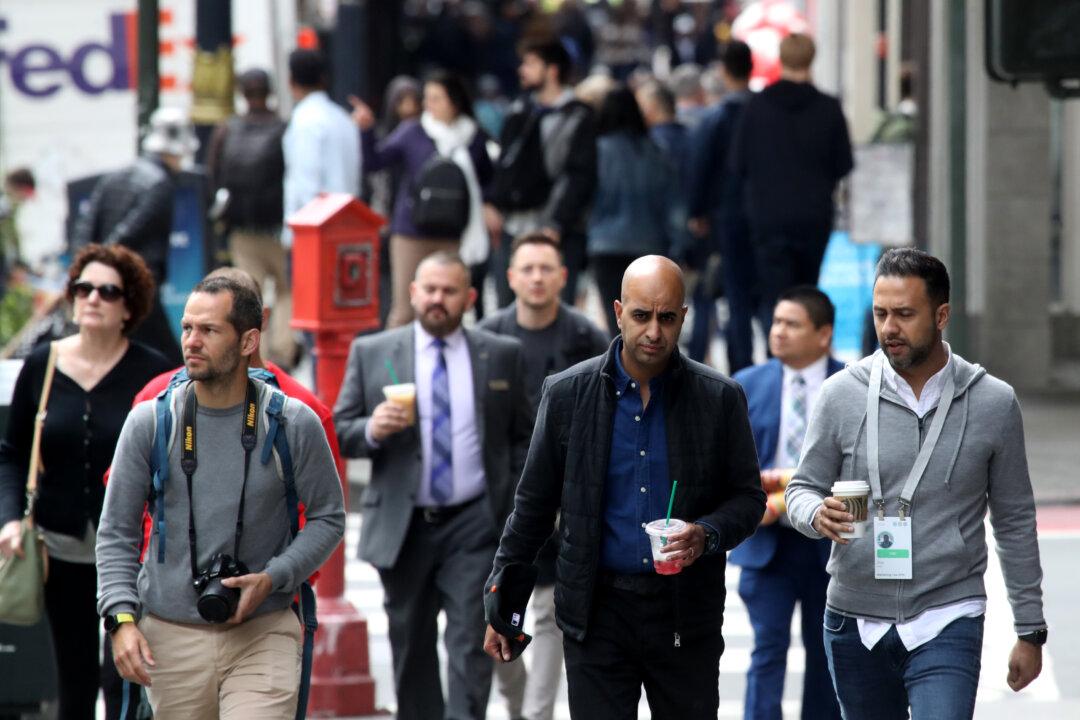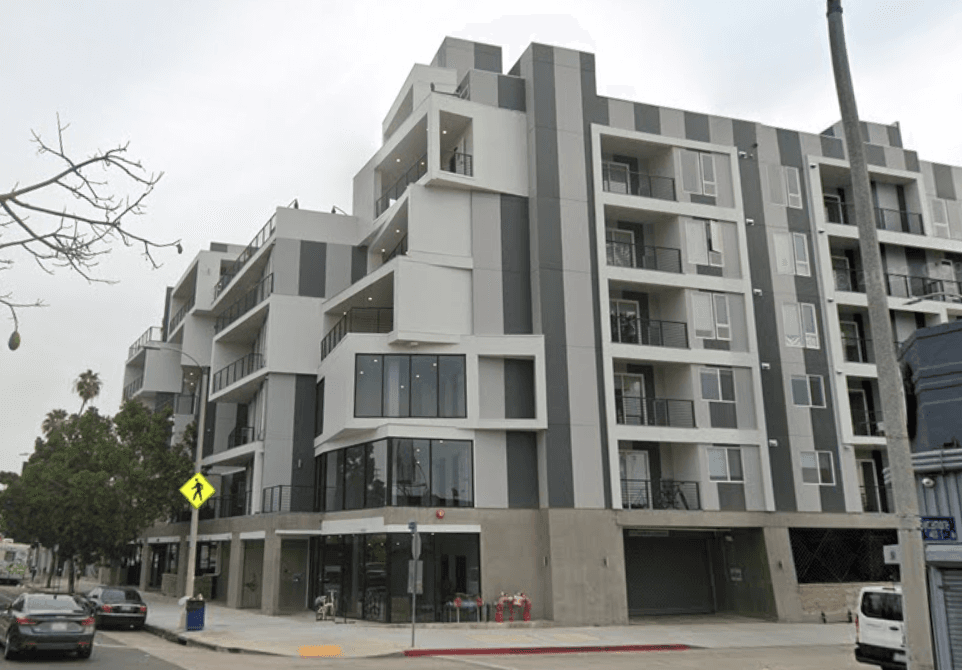Commentary
The State of California mandates how many minorities, women, and LGBT people must be on a public company board if headquartered in the state. It has no mandate related to the qualifications of such persons, only that they “identify” as the proper sex, race, ethnicity, or sexual orientation favored by the state. However, a Superior Court judge ruled last week that such mandates are unconstitutional, violating the “equal protection” clause.





